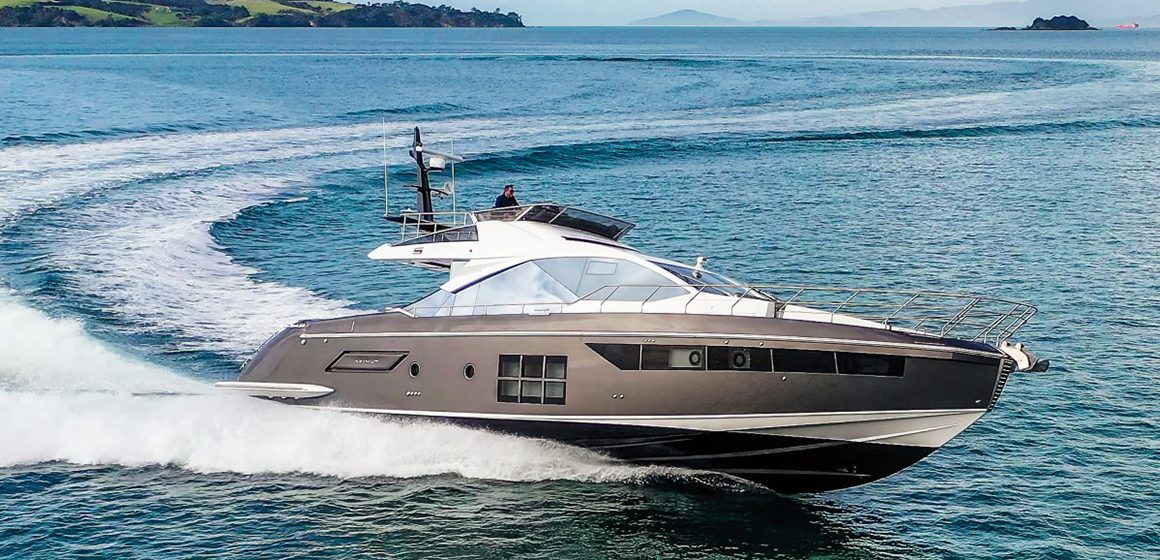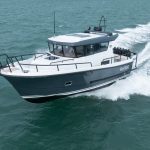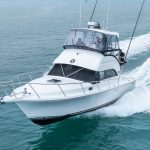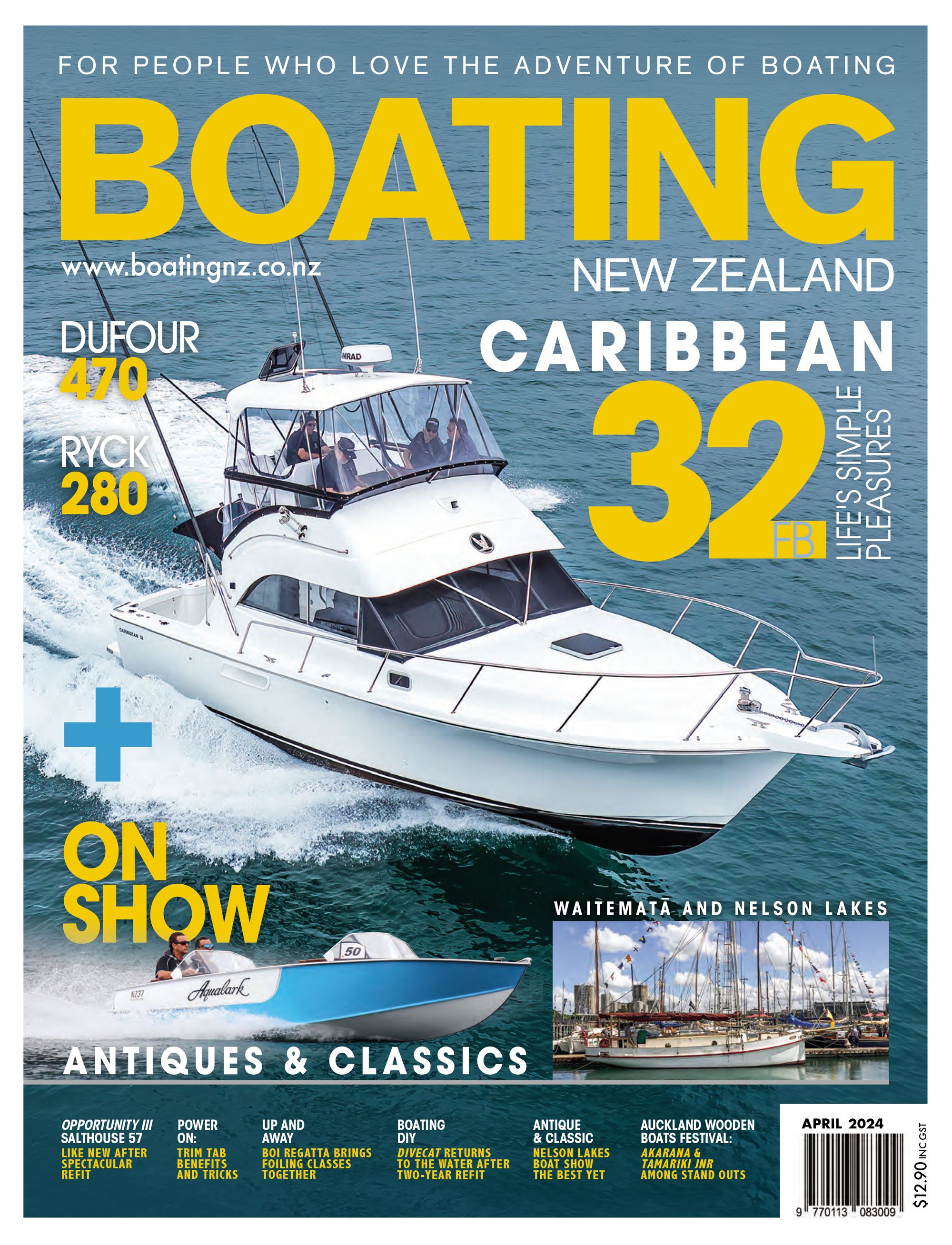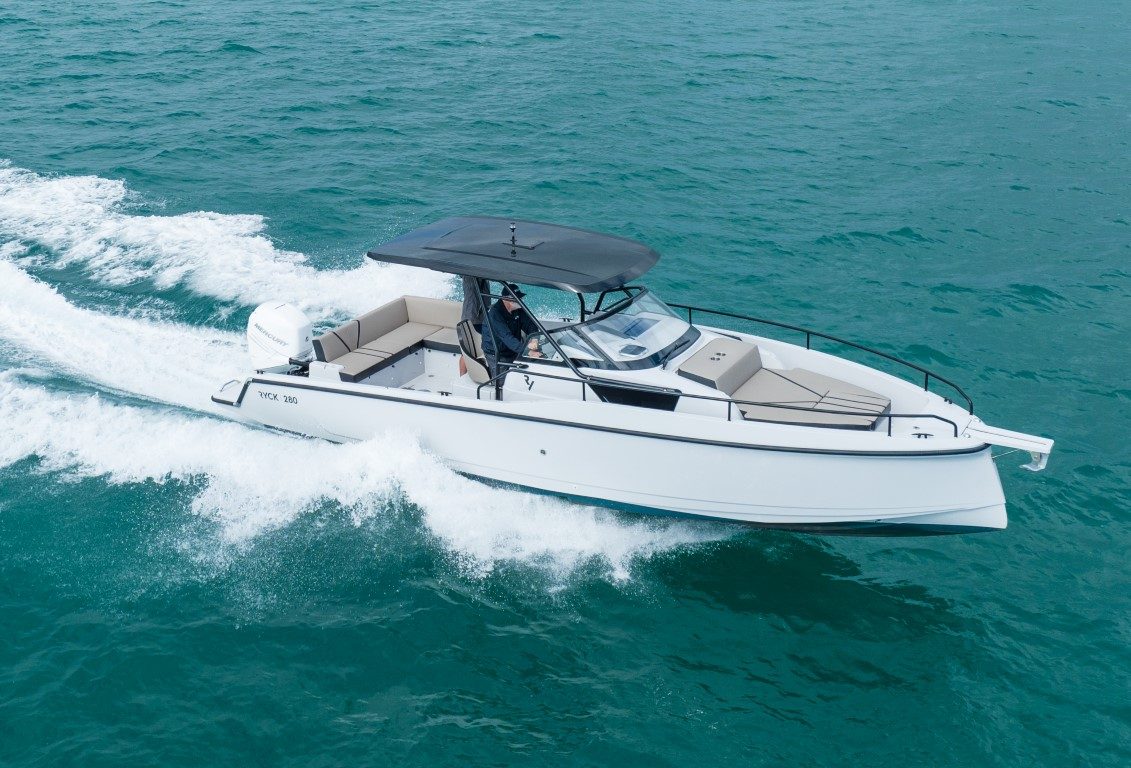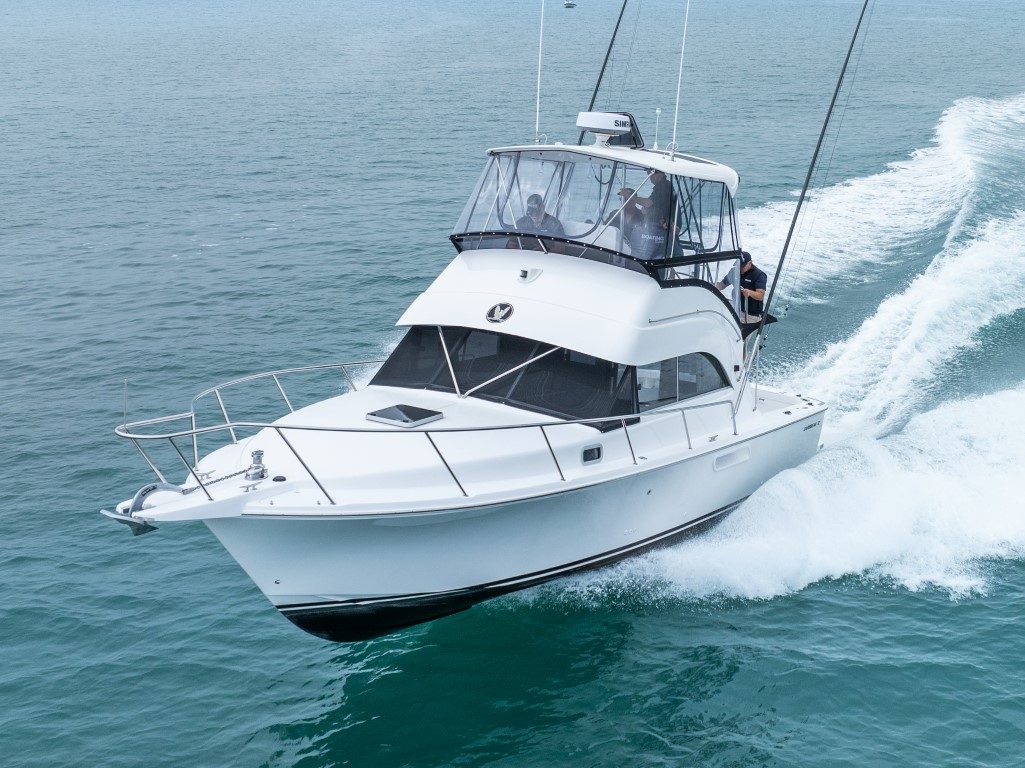She feels really easy and comfortable to sail, even in a good breeze and a chop.
- Silky smooth, quiet ride
- Massive, luxuriously appointed owners’ suite
- Styling inside and out shows lots of Italian flair
- Latest technology makes the boat easy to handle, even for just a couple

